
Lode Runner 2 
When the Lode Runner series moved into 3D, it got more overwhelming, frustrating, and delightful.

When the Lode Runner series moved into 3D, it got more overwhelming, frustrating, and delightful.
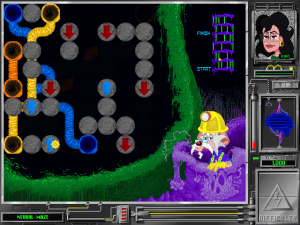
The third game in the Dr. Brain series is quite fun because of its multi-subject education – not in spite of it.
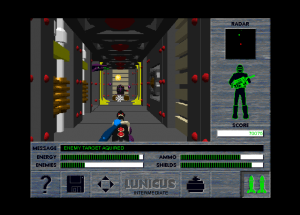
Cyberflix’s sci-fi opus – an early stab at a narrative-driven shooter – largely fails as both an action game and an adventure game, though there’s glimpses of something innovative under the surface.
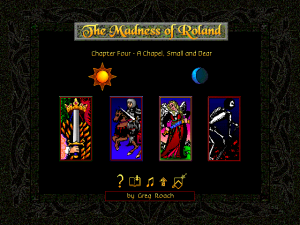
This early CD-ROM novel by Hyperbole Studios imagines how to tell a story across multiple perspectives and mediums, an inventive idea even though the story is muddled.
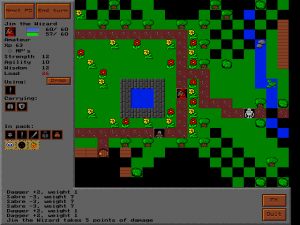
In place of plot or a focus on RPG stats, Magus lets you wander.
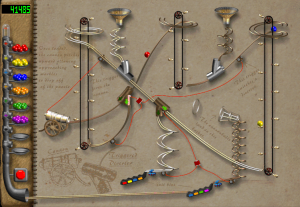
This ornate Rube Goldberg-esque game, done in the style of a Renaissance-era drawing, has the same appeal as a picture book. You don’t even have to finish playing it right to enjoy it! One of the few games completed by the Austin branch of Maxis.
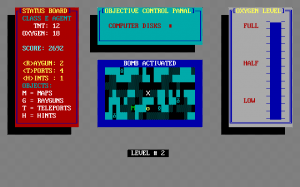
One of the first of William Soleau’s puzzle-lite games, Maze Mission Adventure Game is suitably fun to explore in short bursts.
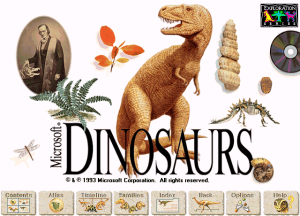
Microsoft Home’s Jurassic reference guide upends the digital encyclopedia model by showing the relations between articles, even if its information is out-of-date.
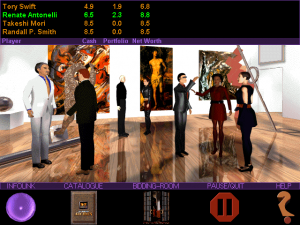
A combination of random events and speculative fiction creates drama in this game’s virtual auction house. Does it matter that we can’t separate the randomness from the intentional storytelling and character? (This article includes a history of the game’s rocky production.)
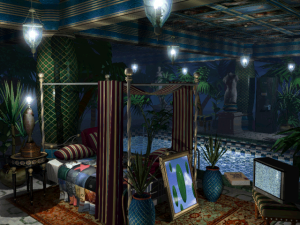
This unique, stunning surrealist self-help guide gets arrogant when it uses the strengths of the multimedia CD-ROM format to make players examine how they think.